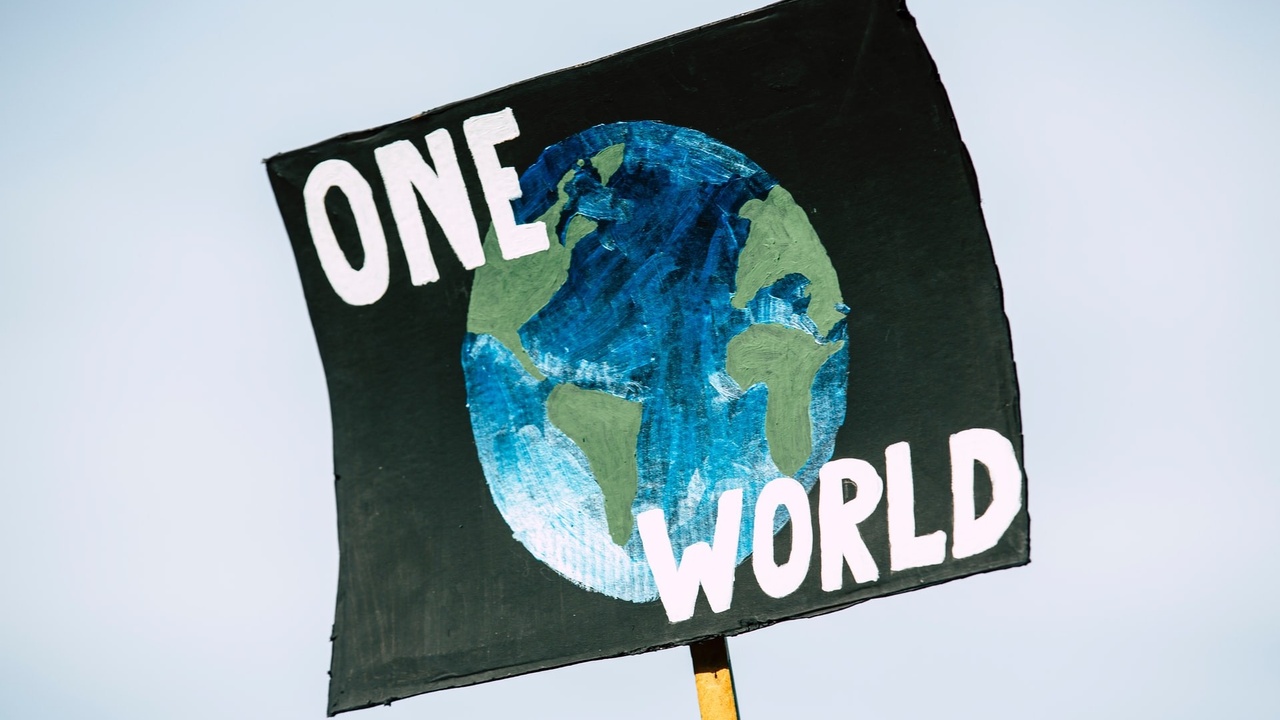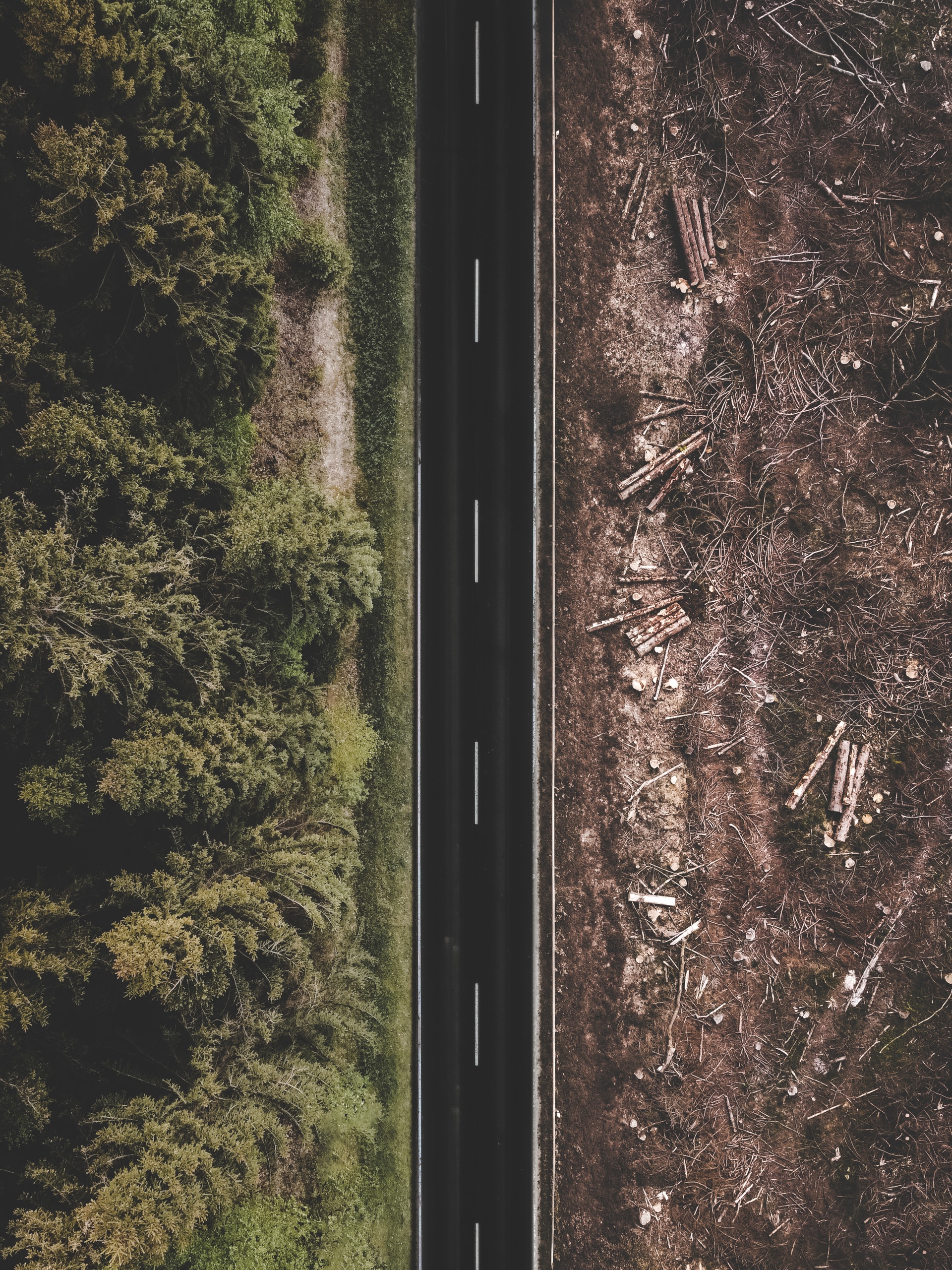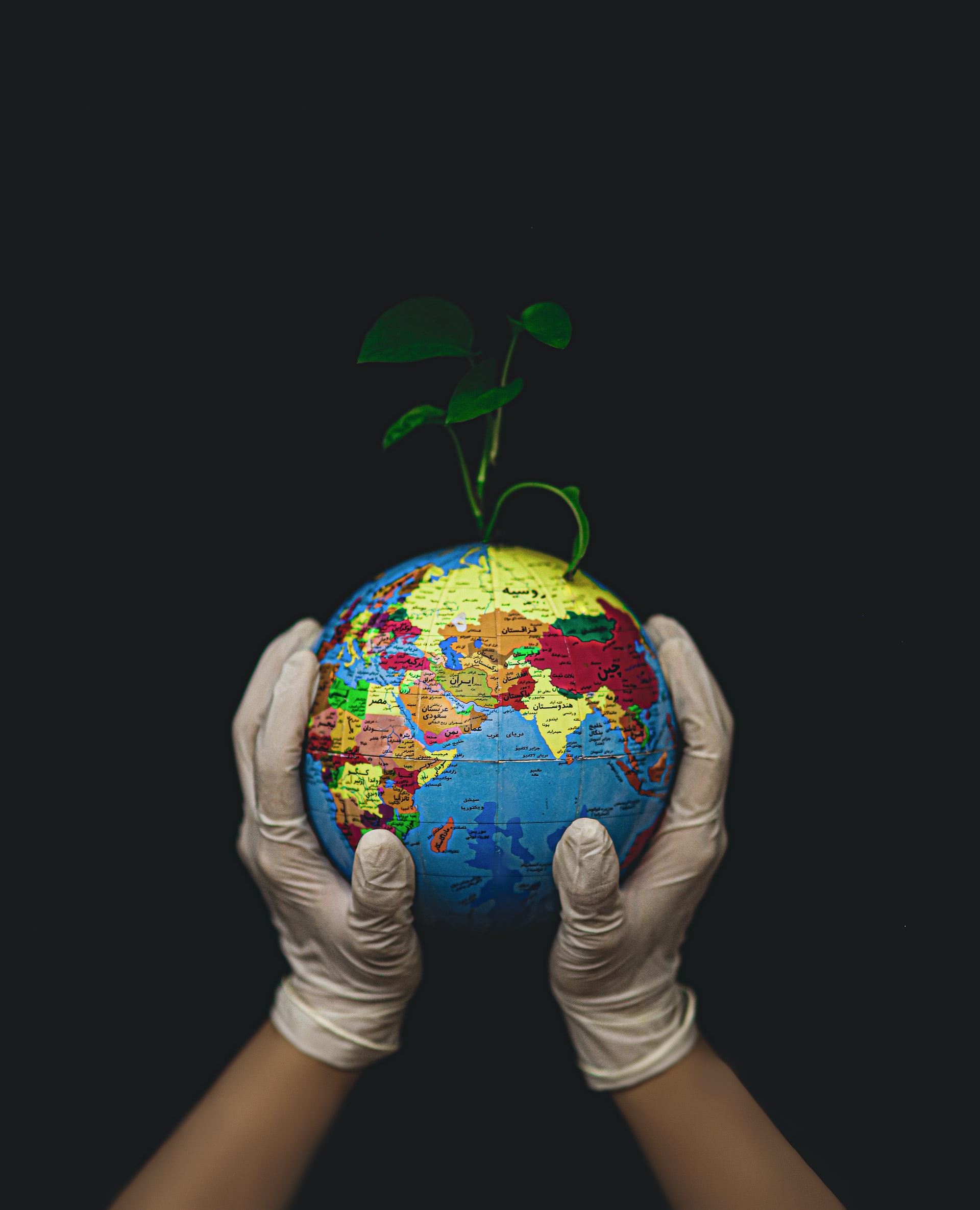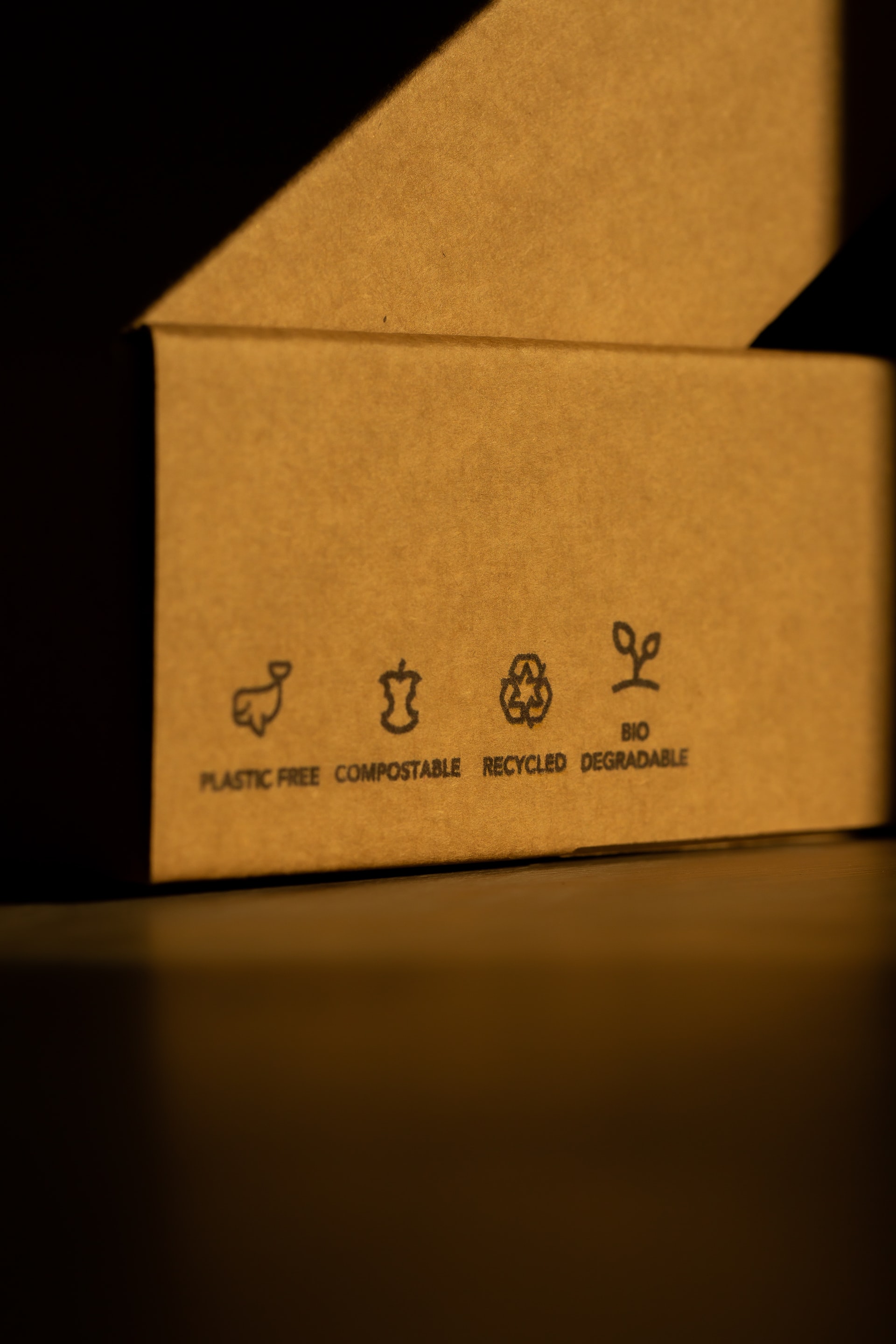Beyond less bad using Cradle to Cradle

So many of the so-called sustainable living ideas and suggestions really only scratch the surface. They are superficial ideas that only slightly stall the inevitable linear model of resource extraction - material goods - waste. Even the feel-good efforts of making fleece jackets out of recycled pop bottles only slightly delays that plastic's inevitable fate of becoming waste and ending up in the landfill.
That's where solutions that create systems-level change come in as important real fixes for the systems that aren't working. Cradle to Cradle is one of these concepts that bring our human-made systems into alignment with natural systems by mimicking the natural world.
The origins of Cradle to Cradle
The ‘Cradle to Cradle’ concept was coined by Michael Braungart and William McDonough and is discussed in detail in their book ‘Cradle to Cradle: Remaking the Way We Make Things’ published in 2002.
In short, the Cradle to Cradle concept is a reinvigorated way of looking at our lifecycle model of products and waste creation as opposed to the Cradle to Grave model that is often used today.
Cradle to Cradle emphasizes the fact that we live on a planet with finite resources and in order to continue to be able to survive while protecting earth's ecosystems and biodiversity, we need to rethink the way we make things.
An important follow up to ‘Cradle to Cradle: Remaking the Way We Make Things’, ‘The Upcycle’, published by both authors in 2013 outlines principles for sustainable design that must be integrated into the Cradle to Cradle model.
Rethinking our economy
Too often, we view the economy as a constructive framework that we must live within, and environmental issues as something to be addressed within economic constraints when we have the time and resources available.
This mindset is problematic, because since we have finite resources, the continuous growth of the economy simply cannot rely on the continuous exploitation of our environment and continuous creation of waste.

The economy must therefore be viewed as a system that functions within our models of conservation and environmental protection.
Cradle to Cradle and zero waste
The Cradle to Cradle model outlines the importance of designing processes so that any waste we may generate can be used or converted to an input material for another process, therefore mimicking natural cycles of waste breakdown and reintegration.
We must strive to create zero waste production models to limit if not eliminate our environmental impacts. The Cradle to Cradle model emphasises the importance of creating sustainable material goods, good economies, good energy, good water usage systems and good lives using this principle.
We must address material toxicity, reuse materials in a way that prevents degradation, use renewable energy, and treat water safely and effectively while using fair labour practices.
The Cradle to Cradle approach emphasizes the need to create waste free production models.
A circular economy
The model pushes for an eventual shift to a circular economy, in which we rely on biomimicry to replicate production and regeneration cycles found in nature, design our products and systems based on these cycles, and create designs that enrich our natural systems.

The Cradle to Cradle model recognizes that simply ‘doing less bad’ is not good enough, we must actively strive to create designs that not only maintain the status quo, but actively important our society. This design model can be applied to economic, industrial and social facets of society.
By structuring industry to facilitate the transfer of production wastes into processes where they can be used as inputs, we not only reduce pollution and waste, but create more jobs. Circular systems as described above have already been applied by companies and governments in the USA, the EU, and China.
‘The Upcycle’ provides a more in depth look into what sustainable design must look like in order to promote the zero waste Cradle to Cradle model. Michael Braungart and William McDonough have developed a lifecycle analysis model to consider the material and energy involved in both the creation and future disassembly of a product.
Disassembly is a key consideration in the upcycle model, as products must be designed to be taken apart and recycled from the beginning to prevent the downgrading of materials. This ensures the Cradle to Cradle cycle keeps going.
The Cradle to Cradle Certified Products Program recognizes high levels of sustainability achieved according to this model. There are currently over 2000 certified products.
How you can adopt the Cradle to Cradle approach
The Cradle to Cradle approach in your everyday life can start out with simple decisions like buying food in minimal or no packaging, using reusable bags and containers, and buying products made from recycled materials.

Avoid buying new products if second-hand options are available and buy only what you need. Focus on living a life of simplicity and purpose, as opposed to making unnecessary purchases and collecting material goods.
By being conscious about the amount of waste the products you purchase will generate throughout their lifetime, it is possible to reduce your environmental impact.
It is also important to remember that as a consumer, your dollar has power and however you choose to spend it is an act of endorsement. Support local business and sustainable initiatives instead of large companies when you can. Change starts at home!
How you can take action:
- Buy only what you need.
- Try to buy food that comes in minimal to no packaging.
- Purchase products made from recycled materials and consider what their entire lifecycle will look like. Is it something that can only be used once? Can it be upcycled into an equally useful product?
- Support local businesses instead of large corporations.
- Repurpose items when possible instead of throwing them out.
- Check out some of the great products certified by the Cradle to Cradle Certified Products Program!
Here are some resources you may enjoy:
- William McDonough - Cradle to Cradle
- EPEA - Cradle to Cradle - About us
Stay connected with news and updates!
Join my mailing list to receive the latest news and updates. Your information will not be shared.

